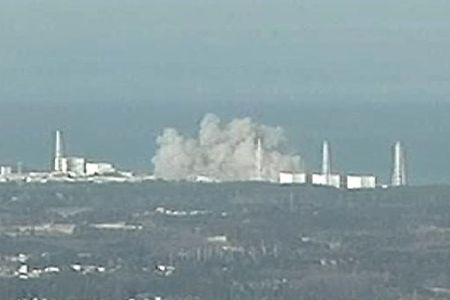Japan fears reactor core breach

 Japanese officials have expressed alarm over a possible fracture of a reactor core at one unit of the troubled Fukushima Daiichi nuclear power plant.
Japanese officials have expressed alarm over a possible fracture of a reactor core at one unit of the troubled Fukushima Daiichi nuclear power plant.
Japanese nuclear safety officials raised the possibility of more severe environmental contamination on Friday with their latest announcement on the country’s nuclear crisis.
“It is possible that somewhere at the reactor may have been damaged,” AP quoted Hidehiko Nishiyama, a spokesman for the nuclear safety agency, as saying.
He added, however, “Our data suggest the reactor retains certain containment functions,” implying that limited damage could have occurred in Fukushima’s Unit 3 reactor core.
Operators have been struggling to keep cool water around radioactive fuel rods in the reactor’s core after the March 11 earthquake and tsunami cut off power supply to the plant and its cooling system.
Damage could have been done to the core when a March 14 hydrogen explosion blew up Unit 3’s outer containment building.
This reactor, perhaps the most troubled at the six-unit site, holds 170 tons of radioactive fuel in its core. Previous radioactive emissions have come from intentional efforts to vent small amounts of steam through valves to prevent the core from bursting.
However, releases from a breach could allow uncontrolled quantities of radioactive contaminants to escape into the surrounding ground or air.
Reports indicate that a number of Japanese people who lived between 200 and 350 kilometers away from the plant have been hospitalized for exposure to radioactive materials.
March 11 witnessed an extremely fatal earthquake followed by a gigantic tsunami in northeastern Japan, while so far at least 28,000 people have died or are presumed dead according to the National Police Agency.
The Japanese government has ordered the evacuation of about 200,000 people living in a 20-kilometer (12.4-mile) area around the nuclear power plant, and told people living between 20 kilometers and 30 kilometers (18.6 miles) from the plant to remain indoors.







